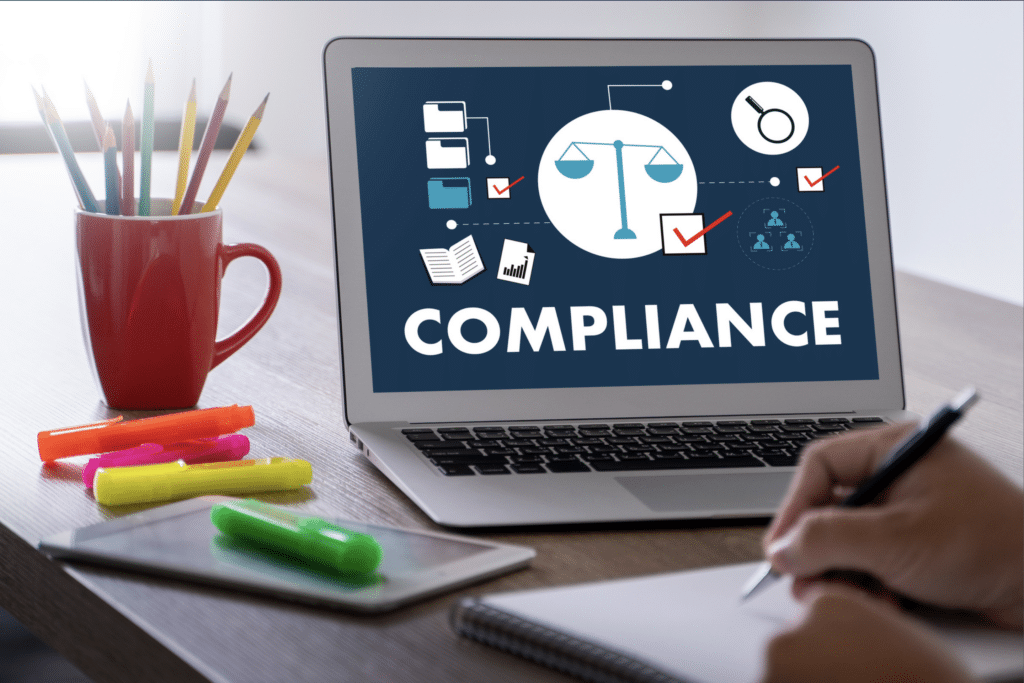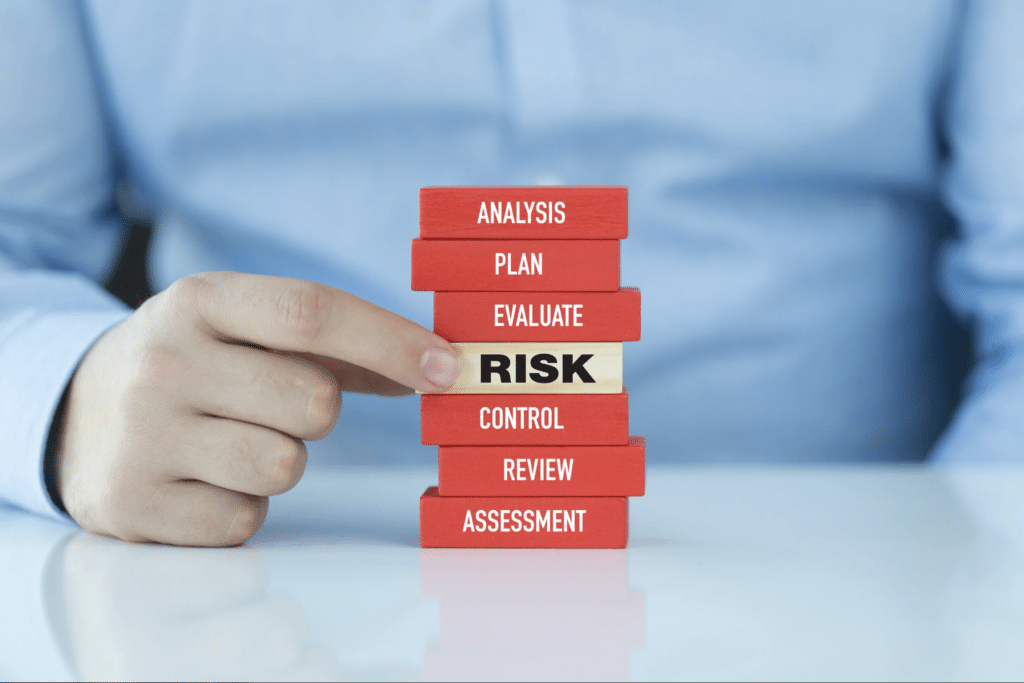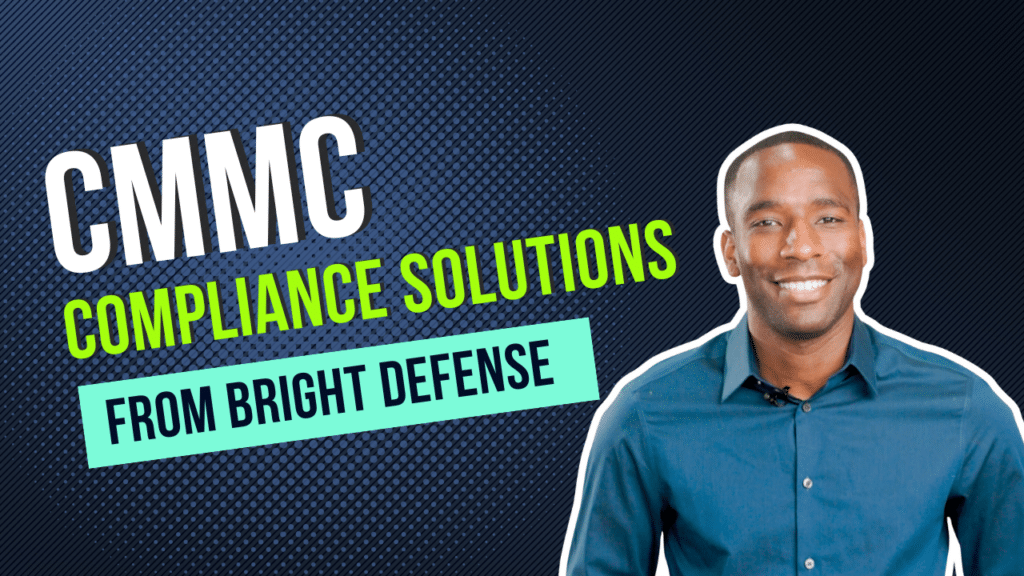
Tim Mektrakarn
February 19, 2025
What Are Compliance and Risk Management?
Compliance and risk management are not just buzzwords. They are crucial practices that safeguard the integrity and stability of businesses in today’s complex regulatory environment. In this article, we’ll dive deep into what these terms mean, why they matter, and how organizations can effectively implement them.
Understanding Compliance
Compliance in a business context means strictly adhering to laws, regulations, and guidelines that dictate how companies should operate. This adherence safeguards businesses from legal risks, enhances their reputation, and ensures they conduct their operations ethically.
A strong compliance program hinges on several critical components:
Policies and Procedures: Clearly define and document your company’s rules, standards, and processes to guide operations and ensure everyone understands their roles in compliance.
Training and Communication: Actively engage and educate your employees about the importance of compliance. Regular training helps employees stay current with legal and regulatory changes, empowering them to act responsibly and informedly.
Monitoring and Auditing: Implement ongoing surveillance and periodic audits to verify that compliance measures are in place and effective. This not only helps catch and rectify non-compliance but also reinforces the company’s commitment to ethical practices.

In practice, compliance touches many aspects of a business. For example:
- Financial Reporting: Companies must accurately report financials in accordance with accepted standards such as GAAP (Generally Accepted Accounting Principles) or IFRS (International Financial Reporting Standards) to ensure transparency and fairness.
- Data Protection: Organizations are required to protect personal data according to laws like the GDPR (General Data Protection Regulation) in the EU or HIPAA (Health Insurance Portability and Accountability Act) in the US, safeguarding customer and employee information from breaches and misuse.
- Industry-specific Regulations: Different sectors face unique regulations, such as healthcare providers who must comply with patient safety standards, or financial services firms that are governed by banking regulations and anti-money laundering laws.
By actively managing these areas, businesses not only comply with legal requirements but also build trust with clients, investors, and the regulatory bodies.
Exploring Risk Management
Risk management involves proactively identifying, assessing, and mitigating risks to minimize their impact on an organization. Effective risk management not only prevents financial losses and legal penalties but also supports sustainable growth.
The risk management process comprises several vital steps:
Risk Identification: Actively identify potential risks that could affect the organization. This involves scanning the internal and external environments to detect any factors that could disrupt operations.
Risk Analysis: Once identified, analyze the potential risks to understand their likelihood and impact. This analysis helps prioritize risks based on their severity and the organization’s ability to withstand them.
Risk Control: Develop and implement strategies to manage or mitigate the identified risks. This could include avoiding the risk, reducing the negative effect, transferring the risk to another party, or accepting some or all of the consequences of a particular risk.
Risk Monitoring and Review: Continuously monitor risk management initiatives and review their effectiveness. This ongoing process ensures that the risk management strategies remain relevant and are adjusted in response to new challenges and changes in the organizational environment.
The relationship between risk management and corporate governance is tightly intertwined. Effective risk management informs better decision-making and strategic planning at the highest levels of an organization. It ensures that the company not only complies with necessary regulations and standards but also operates more efficiently by foreseeing and mitigating potential risks before they become actual problems. In essence, robust risk management is a cornerstone of sound corporate governance, enhancing accountability and stability throughout the company.

Synergy between Compliance and Risk Management
Compliance and risk management are distinct but interconnected disciplines that strengthen an organization when integrated effectively. Together, they create a comprehensive framework that not only meets legal requirements but also secures the organization against potential threats.
How Compliance and Risk Management Work Together: Compliance ensures that an organization adheres to laws, regulations, and standards, while risk management proactively identifies and mitigates risks that could impede compliance. By working together, these functions ensure a holistic approach to organizational governance. For instance, a risk management program might identify a potential regulatory change as a risk, prompting the compliance team to update policies and training programs accordingly.
Benefits of Integrating Compliance with Risk Management
Integrating these two functions can yield significant benefits, including:
- Enhanced Decision Making: With a clear understanding of compliance requirements and associated risks, decision-makers can make more informed, strategic choices.
- Improved Resource Allocation: Organizations can prioritize resources more effectively, focusing on high-risk areas that require stringent compliance measures.
- Increased Efficiency: Eliminating redundancies between compliance and risk management processes can streamline operations and reduce costs.
- Strengthened Organizational Reputation: Demonstrating a commitment to compliance and proactive risk management can build trust with stakeholders, including investors, customers, and regulatory bodies.
Challenges in Integration and How to Overcome Them: Integrating compliance and risk management can present challenges, such as:
- Cultural Differences: Compliance is often seen as a mandatory, rule-based function, whereas risk management is perceived as a strategic, value-adding process. Bridging this cultural gap requires educating teams about the benefits of integration and fostering a culture that values both compliance and risk management.
- Resource Constraints: Implementing an integrated approach might initially require additional resources in terms of time, personnel, and technology. Organizations can overcome these constraints by leveraging technology solutions that automate and facilitate compliance and risk management tasks.
- Communication Barriers: Effective integration requires seamless communication between the compliance and risk management teams. Establishing regular meetings, joint training sessions, and integrated reporting structures can enhance communication and coordination.
By addressing these challenges head-on, organizations can fully harness the synergies between compliance and risk management, thereby safeguarding their operations and enhancing their overall effectiveness.
Implementing Compliance and Risk Management in Businesses
Successfully integrating compliance and risk management into a business requires strategic planning, the right tools, and learning from others’ successes. Below, we explore best practices, helpful technologies, and illustrative case studies.
Best Practices for Developing Effective Programs:
- Executive Support: Ensure that senior leadership actively supports compliance and risk management initiatives. Their endorsement is crucial for allocating resources and fostering a culture of compliance and risk awareness throughout the organization.
- Tailored Strategies: Develop compliance and risk management strategies that align with your specific business goals, operational structure, and industry requirements. One size does not fit all.
- Continuous Education: Keep staff informed and educated about the latest in compliance regulations and risk management strategies. Regular training sessions ensure that employees are equipped to handle emerging challenges.
- Clear Communication: Establish clear lines of communication across departments. This transparency helps in identifying potential risks early and maintaining compliance across all levels of the organization.
- Regular Assessments: Conduct regular audits and risk assessments to measure the effectiveness of your compliance and risk management programs and make necessary adjustments.
Tools and Technologies That Aid Compliance and Risk Management:
- Compliance Management Software: Tools like Drata or Vanta enable businesses to automate compliance tasks, manage risk portfolios, and maintain records for audits.
- Data Analytics Tools: Software like Tableau or Microsoft Power BI helps analyze vast amounts of data to identify trends and predict potential areas of risk.
- rSecure Communication Platforms: Solutions like Microsoft Teams or Slack ensure that internal communications are secure and compliant with data protection regulations.
vCISO Services
Fractional or virtual Chief Information Security Officer (vCISO) services provide small and medium-sized businesses (SMBs) with expert guidance on compliance and risk management without the cost of a full-time executive. These services allow SMBs to tap into specialized knowledge and industry best practices that might otherwise be out of reach. A vCISO helps identify vulnerabilities, implement security policies, and ensure that the business complies with relevant regulations such as GDPR, HIPAA, or PCI-DSS. This tailored approach not only fortifies the company’s defenses but also streamlines the process of managing compliance and mitigating risks effectively, making it a cost-effective solution for SMBs looking to bolster their cybersecurity posture while adhering to legal standards.

The Future of Compliance and Risk Management
Emerging technologies like artificial intelligence are transforming compliance and risk management. AI can predict potential compliance violations and risk exposures, offering a more dynamic approach to these critical business functions. As regulations evolve, so too will the roles of compliance officers and risk managers, emphasizing the need for continuous learning and adaptation.
Conclusion
Compliance and risk management are essential for the sustainability and success of any business. By understanding and implementing these practices effectively, organizations can not only avoid penalties and losses but also gain competitive advantages. Assess and enhance your compliance and risk management strategies today to secure a prosperous future for your business.
About Bright Defense
Take control of your business’s security and compliance with Bright Defense’s virtual CISO and continuous compliance services. Our tailored solutions are specifically designed to meet the unique needs of SMBs, providing you with the expertise and tools necessary to build a robust compliance and risk management program. Whether you’re looking to safeguard sensitive data, comply with industry regulations, or mitigate risks, our vCISO services offer the strategic guidance and operational excellence you need. Don’t wait for a security breach to expose vulnerabilities—partner with Bright Defense today and proactively protect your business. Contact us to learn more and to start fortifying your defenses now.
Get In Touch



